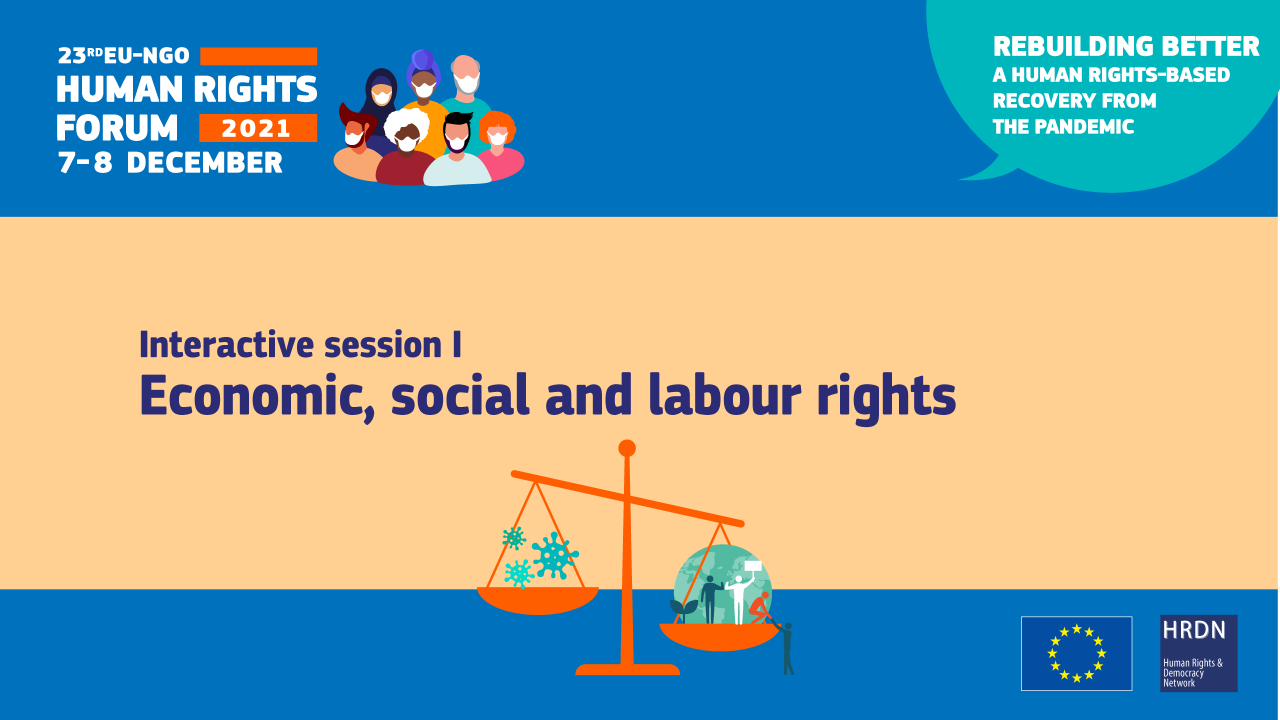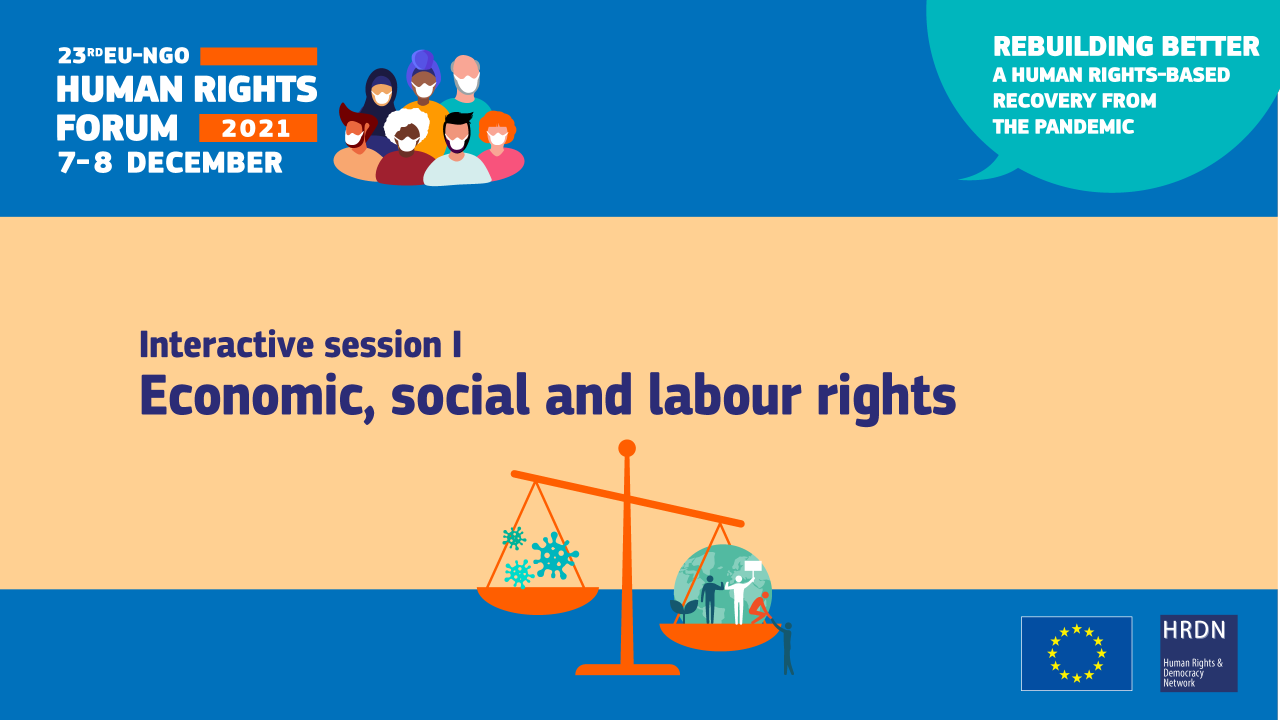

Interactive session I Economic, social and labour rights: State of play of child labour, root causes, pandemic impact and steps needed to eradicate it - a local to global dialogue
Information
Children are facing an unprecedented crisis as a result of COVID-19, with more than 100 million children pushed into severe poverty, millions more dying from preventable illness, and more than 1 billion children facing years of learning loss due to school closures. Recent years had seen significant progress in the fight against harmful child work, but the pandemic risks a spike in protection issues as families resort to coping mechanisms that send children out to work. According to the International Labour Organisation (ILO) and Unicef, 160 million children – 63 million girls and 97 million boys – were in child labour globally at the beginning of 2020, accounting for almost 1 in 10 of all children worldwide. A further 8.9 million children will be in child labour by the end of 2022 as a result of rising poverty driven by the pandemic.
This year, 2021, is the International Year for the Elimination of Child Labour. As threats and occurrences of child labour are occurring worldwide, this is a crucial time to find opportunities and mobilise actors across governments, civil society and the private sector to take action to protect children’s rights and safety.
The session will analyse options to enhance the global fight against child labour, taking as a reference local experiences and actions. In particular, the session will explore how to better link advocacy and programming in order to devise concrete regulatory and corporate action to effectively tackle child labour at local and global levels. The session will showcase the need for a holistic approach and give examples of how local initiatives can influence national legislation and also inform global supply chain standards. In this context, the particular challenge of child labour from marginalised groups, such as those based on descent, will be examined.
Leading questions:
- What are root causes of child labour? How can policy and practice in child labour elimination adequately address and reach the most marginalised groups?
- Where are we in terms of progress? How has the COVID-19 pandemic impacted forced and child labour worldwide?
- Which type of approach and actions are required to tackle child labour and, ultimately, to eradicate it?
- How can we build on local expertise and successful advocacy experiences to influence global public and private sector policies?
- In the context of public sector policies like social protection and education, which type of state actions and responsibilities are needed as a complementary action to corporate due diligence?
Speakers



